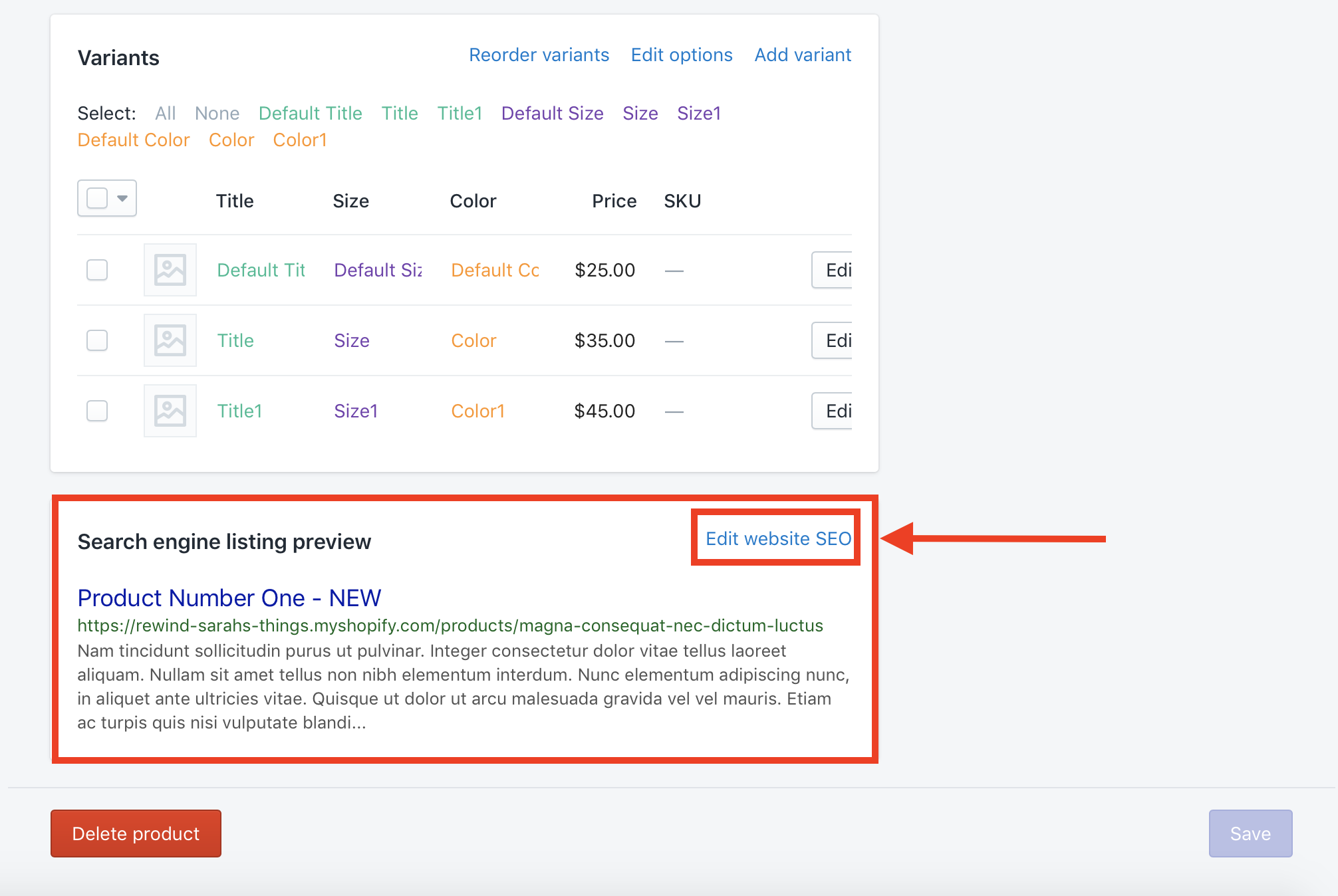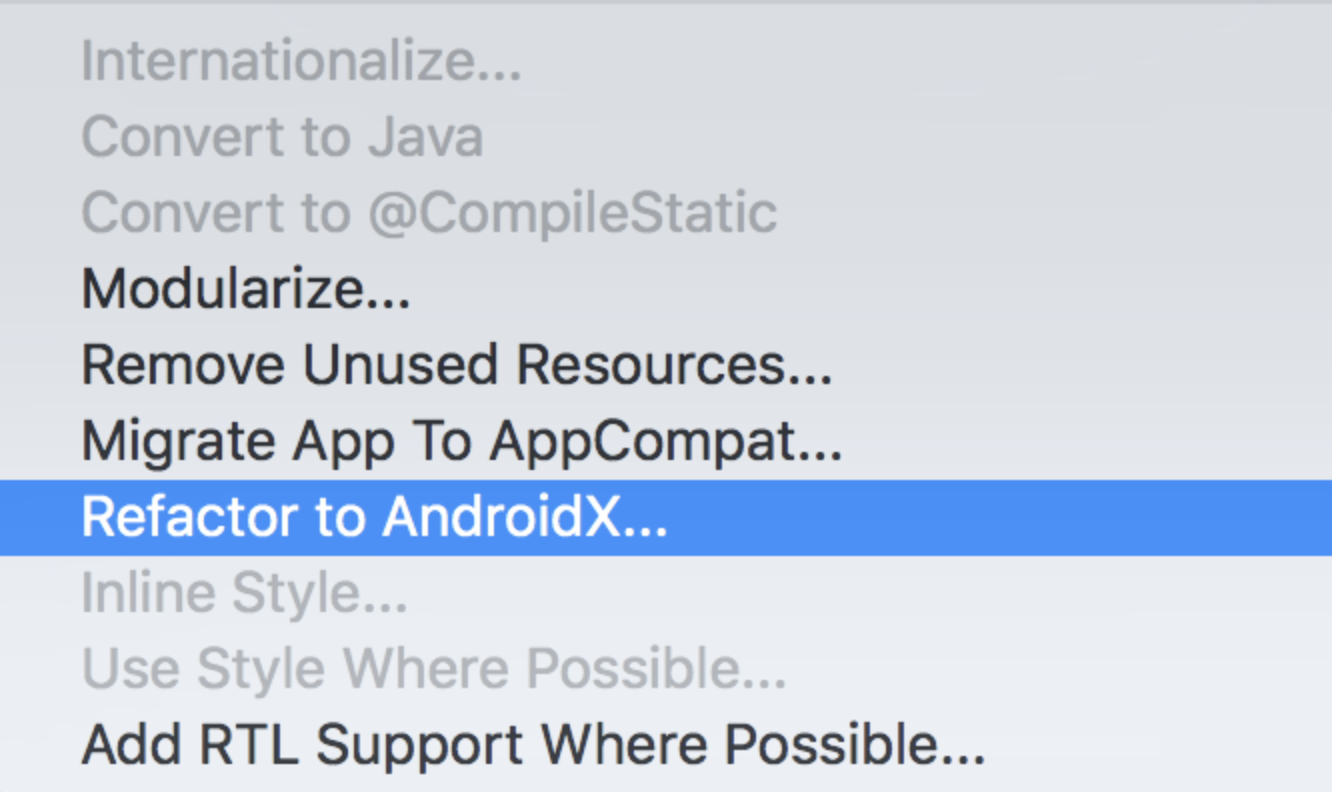

- #Android read media meta data pdf#
- #Android read media meta data install#
- #Android read media meta data software#
However, there is a way to enable persistence on your Tails USB drive so you can install extra software, manage projects, etc.
#Android read media meta data software#
Remember, Tails is amnesic once you end a session, all files and software that weren’t originally included in Tails will be lost. Keeping installed software in Tails after rebooting

Once the installation is complete, Tails will ask if you want to install the selected application for just this session, or all sessions (with persistence enabled) going forward. Your browser does not support the video tag. Then, navigate to: Applications > System Tools > Synaptic Package Manager and use the search feature to look for “pdf redact tools.”
#Android read media meta data pdf#
For software packages that aren’t installed on Tails by default, you will have to start a Tails session with a set admin password and then download and install the appropriate software.įor example, if you want to install a PDF cleanup tool like First Look Media’s PDF Redact Tools in Tails, first connect to the internet and wait for Tor to get read. Tails is an almost perfect choice for a media workstation, as it comes with tools like MAT, Exiftool, Gimp, and Audacity right out-of-the-box. Once you shut down, all traces of your session are erased. When you boot into it, you enable a session to do whatever you want to do, in relative safety. You’ll need to instruct your computer to boot up from USB, instead of your normal operating system (i.e. To use it, install Tails on a blank USB drive and plug it in to any PC or Mac.

Tails (The Amnesic Incognito Live System), is a fully self-contained computer that lives on a USB drive. I build myself a “sandbox”: a somewhat safe place to do somewhat dangerous things. I find it easiest to juggle these considerations by compartmentalizing my workspace having a dedicated space to prod, cut, copy, and paste gives me more confidence in my ability to handle sensitive media safely and sanely. You may be working with extra-sensitive material, so it might not be wise to handle it on your day-to-day machine. While you could easily turn your computer into a powerful, metadata-crunching workhorse, take your own privacy and security into consideration. Most of the tools mentioned in this guide can be used on most computer operating systems. There are dozens of such tags, and each one can help tell a very distinct story this is why understanding how rich metadata is can better help protect the identities of sources who have shared their digital media with you. Other interesting tags include the “Make” and “Model” tags, which can tell you what type of camera or computer was used to create the media. One of the simplest tags is “Creation Date,” which naturally points to the time when its creator pushed the shutter button, or pressed record. But if you pry into any digital artifact, you can see metadata as a list of keys (or tags) and their corresponding values. Metadata exists in the parts of images, videos, or music that we can’t experience as humans. But in the wrong hands, this same information could be damaging. This information comes in handy sometimes, like when you’re flipping through old pictures by date, or by location. It describes the who, what, when, where, how, and sometimes even, why, for any document, video, photo, or sound clip.


 0 kommentar(er)
0 kommentar(er)
